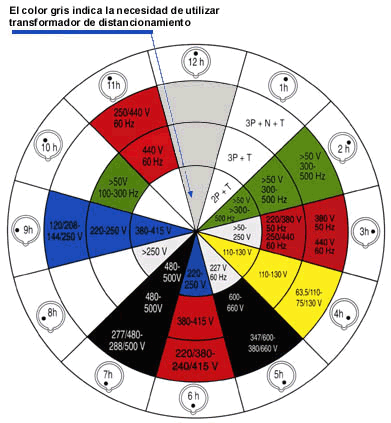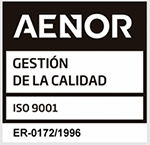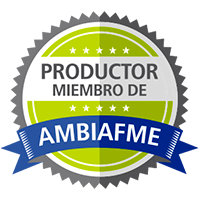Certifications
These certifications give us an idea of the international contacts that we have maintained to obtain them, as you will be able to see they differ depending on the country.
However, the certifications shown below do not belong to all the products presented in the catalogue. Please ask for detailed information on this matter. We reserve the right to change the production and the materials in our program.

IMQ
Italy

VDE
Germany

UTE
France

KEMA
Holland

ASEV
Switzerland

CEBEL
Belgium

OVE
Austria

Japan

NEMKO
Norway

SEMKO
Sweden

DEMKO
Denmark

FIMKO
Finland

B.S.I
England

Australia

Canada

UL
U.S.A

UR
U.S.A

GS
Germany

AENOR
Spain

IEP
Portugal

Summary of the following standards
UNE 10.323.78, C 431, IEC 630, IEC 144 and NFC 10.010
All casings in service are exposed to a wide range of external influences against which they must be protected in accordance with the importance or safety of the elements they house, or in accordance with their strategic situation inside the installation.
This technical document has been extracted from several different standards, which select three external influences to consider in protection: The presence of solid bodies, the presence of water and the possible impacts or mechanical efforts that a casing in operation can support.
The protection level (IP) is formed by three figures related to these three influences. This protection level should always be taken figure by figure, and none of these figures must be less than the minimum stated for the installation.
Protection against external solid bodies.







Protection against the penetration of liquids.











Mechanical protection against impact.







Summary of the following standards
UL 94, IEC 695-2-2,CEI 50-11 and ASTMD 635
By nature, the casings house elements that when in operation causes thermal heating. Under normal conditions this heating does not cause any damage to the installation. However, the abnormal operation of some elements can cause overheating or discharges that put the safety of the installation at risk.
In the same way, once a flame has appeared, it is extremely important that once the origin of this heat source has stopped burning, the actual casing stops burning in the minimum possible time (seconds).
In the following table we can find the definition of the different self-extinguishing levels, as well as the tests carried out to obtain them.
Type: UL
Test-instrum

Guide-lines: UL94º
Test purpose
Evaluation of the time a test tube sample can continue to burn when it is removed from the direct flame.
Test result
- V0: if the test tube burns for less than 5 sec. before extinguishing itself.
- V1: if it burns for less than 25 sec.
- V2: if it burns for less than 25 sec. with flaming drops.
- HB: if it burns for more than 25 sec.
- ASTM D-635 assimilated.
Test conditions
Source: Becco Bunsten flame
Duration: Flame applied for 10 s. twice running.
Data: Duration of the combustion.
Type: ASTM
Test-instrum

Guide-lines: ASTM-635 IEC 695 CEI-5011
Test purpose
Valuation of in how long and speed the test tube sample burns when it is retired of the direct flame.
Test result
- Inflammable: if the probetano burns.
- Autoextinguible: if it burns in an inferior length to 100 ms.
Test conditions
Source: Becco Bunsten flame
Duration: Flame applied for 30 s. twice running.
Data: Burned length of the test tube.
Type: HILO INCAN.
Test-instrum

Guide-lines: IEC 695-2-1 CEI 50-11 DIN 57471
Test purpose
Verification of which the abnormal heatings produced by overloads and bad contacts do not compromenten the security of the insulating material. The test is of ignition. The thread is pressed against the test tube with a certain force and penetrates in the interior 7 mm.
Test result
- The flame must be extinguished to the 30 s. of to be retired the incandescent thread.
- Temperature: 650 ºC for materials that do not maintain parts in voltage.
- 750 ºC for materials that maintain to parts in voltage of movable takings and plugs.
- 850 ºC for materials that maintain parts in voltage of the fine takings.
Test conditions
Source: Incandes- cent thread of 4 mm of diameter.
Duration: Thread applied during 30 s.
Data: Run time of the flame.


